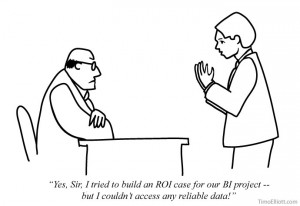20 Ways you can Use Visitor Tracking to “Spice Up” Sales and Marketing
You just bought a shiny new car, or website visitor tracking, which might be around the price of that new car (if you’re buying a Tata). Now that you’ve got some power under the hood, how can you use that power to infuse excitement into your organization and energize your sales and marketing efforts?
Here are some ways you can use visitor tracking to introduce exciting new opportunities across your organization. Note, some scenarios may not be possible based on vendor limitations.
- As a sales tool to excite your sales force, increasing employee satisfaction and decreasing turnover.
- To create unique filters for each sales person based on territory, so they see only activity relevant to them.
- To get more out of email marketing. Integrate your email campaigns (Mailchimp, Constant Contact, etc.) with visitor tracking to get a long-tail view of what happens after recipients click through.
- To find new leads. Identify companies you would have never known about. It won’t close the deal for you, but it will point you in the right direction.
- For sales efficiency. Sales people will know who to follow up with and when.
- For marketing ROI. Use it to measure results of your retargeting or PPC efforts.
- To build rich profiles that identify prospective buyer’s interests. For example, connecting anonymous visit activity to a web form submission where the person is identified.
- To know how to tailor a follow up discussion based on a person’s digital pattern across your website.
- To identify which partners or ads are referring the most visitors to your website.
- To identify which pages people commonly enter into or exit from.
- To track which documents are performing the best (most downloads, by who, etc.)
- To track which videos are performing the best (most views, by who, etc.)
- To help convert website visitors by gating videos and documents.
- To track 1:1 sales emails.
- To identify upsell and cross-sell opportunities for existing customers.
- To find key people who work at a company that visited your website.
- To share leads with your colleagues.
- To distribute leads to your colleagues.
- To import leads directly into your CRM.
- To enrich lead profiles with social information.
For more insight into visitor tracking check out the other posts in this series:
- Why Visitor Tracking Technology Exists
- What is Website Visitor Tracking?
- How Visitor Tracking Works
- Benefits of Website Visitor Tracking
- What Questions Should you Ask your Visitor Tracking Provider when Evaluating a Solution?










